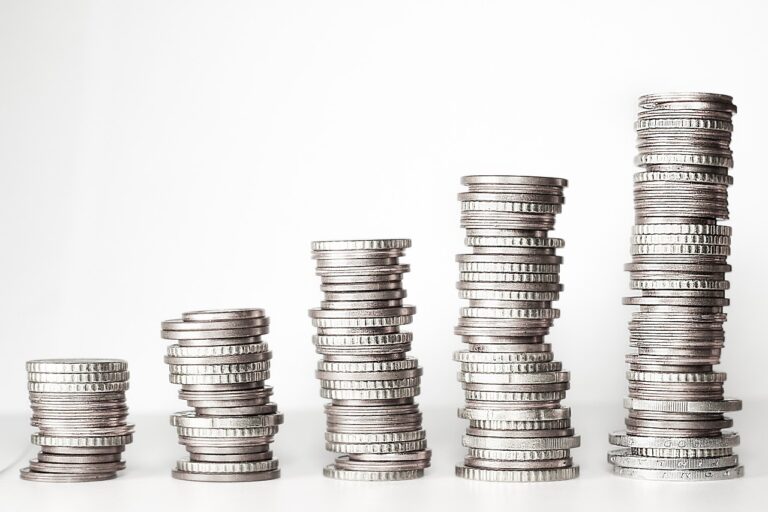The Reserve Bank of Australia have moved into a wait-and-see mode before deciding on whether they need to hike interest rates further. At the latest central bank meeting they kept rates unchanged at 4.10% indicating that the July monthly CPI indicator showed another dropped that they are on target to reach the projected inflation target range by late 2025.
There are some signs of growth slowing, uncertainties around the path of China’s economy, a financial squeeze on many domestic households and the lag affects of existing interest rates gave the RBA sufficient reasons to hold rates once again.
However, moving forward, they are still concerned about inflation in particular the rising services and rent inflation, and have declared they will be data dependent for future decisions
The Reserve Bank of New Zealand is the only central bank that considers they’ve done enough in hiking interest rates, so the peak has already been reached.
If the RBA continue to be encouraged by incoming data then they too will follow suit and this could allow the Australian dollar to fall against the New Zealand dollar into the end of the year. The seasonals do favour the Aussie New Zealand dollar downside with an average fall of 1.95% between September 5 and December 18 over the last 23 years. So will we see Aussie New Zealand dollar falls again this year?
Obviously this will depend on the incoming data for both the RBA and the RBNZ with so many uncertainties both domestically and internationally circulating right now.
Major Trade Risks:
The major trade risk is that the RBA see signs of growing inflation and need to hike interest rates again which should lift the AUD against the NZD
Remember don’t just trade it, Seasonax it!

